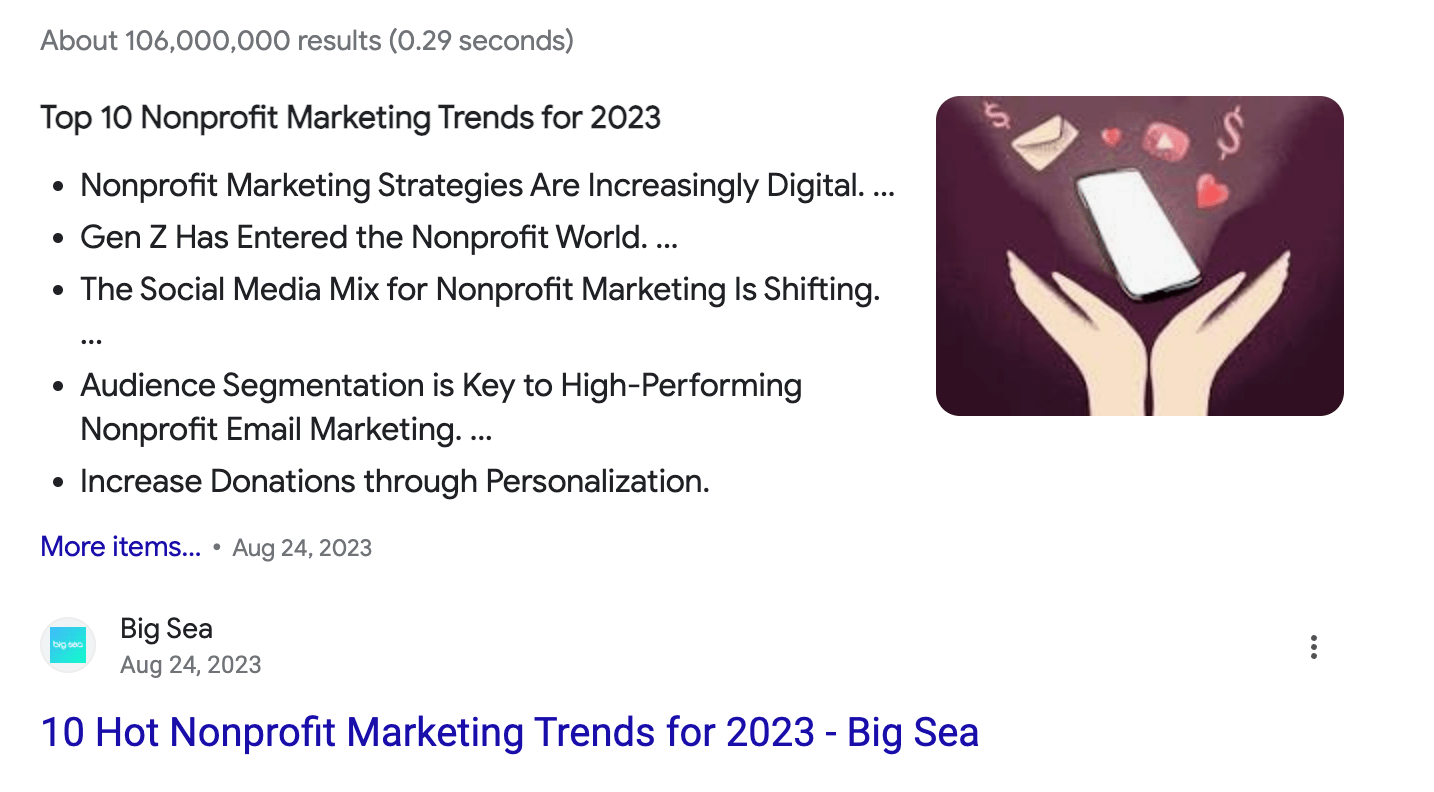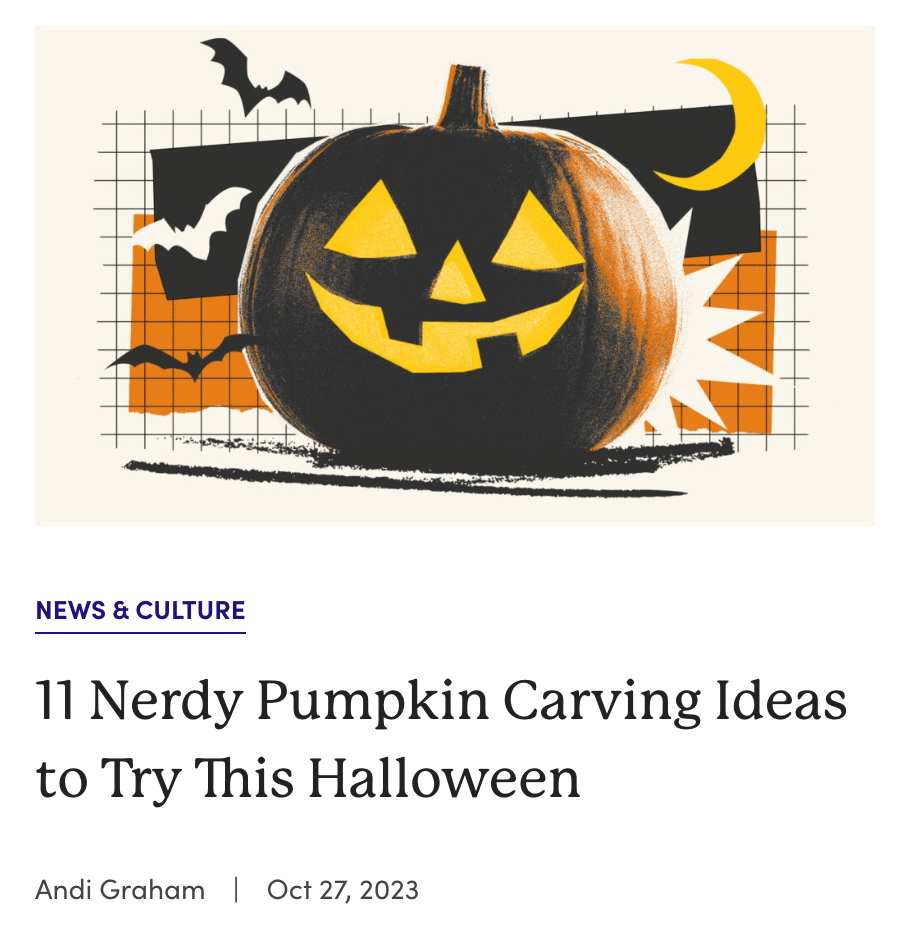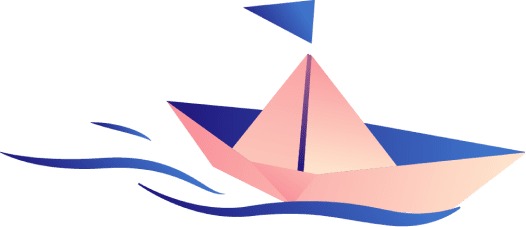SEO Content Optimization: 6 Quick & Dirty Tips
Regardless of your business goals, your website is nothing without visitors. Every piece of content, every image, every video, and every update needs an audience. So, how do you ensure you’re right there in the rankings when people search for you? It all comes down to optimizing your content for search engine optimization (SEO).
While the concept is simple, the execution takes a little more work. We are sharing the six best tips to quickly optimize your content to be found in Google search engine results pages (SERPs)—because search is the top of your conversion funnel and where most users learn about you for the first time. Use these tips on your old content to push it up in the rankings, and remember to use them on future blogs and webpages to kick their website traffic off from the start!

1. Front-load keywords in the title.
The first thing I look at when optimizing a page is the title. Search engines will organically rank websites and pages with titles that start with the primary keyword users are searching for to bring relevant content to users. For example, instead of titling this guide “6 Quick & Dirty Tips to Optimize Content for SEO,” we went with “SEO Content Optimization: 6 Quick & Dirty Tips.”
You can also update old blog titles to align with high search volume keywords found via Google Search Console or tools like Ahrefs or SEMrush.
If it doesn’t make sense to put your keyword at the beginning, just be sure it’s as close to the beginning as possible. At a minimum, your keyword should be somewhere in the title.
2. Use H1 tags effectively.
The H1 or headline tag emphasizes parts of your text and tells search engines what your page is about. Most WordPress themes automatically provide a space for this tag, but ensure you know where it is! It’s helpful if your H1 differs slightly from the title, while still including your primary keyword target and giving the reader a general sense of what the page is about. Always be mindful of H1 placement, especially if you’re working on web content that isn’t a blog or article, and make creative use of them to reinforce the alignment of your content with the keyword and search intent.
Ensure your page has only one H1 tag to reinforce its alignment with search intent. Multiple H1 tags can confuse search engines about the primary focus of the content.
By front-loading your title using the H1 tag, you’ve already upped your chances of ranking.
3. Use visuals
Reading a 700-word blog post may be fun for some, but research shows that people are 80% more likely to read content that includes colored visuals.
Consider this: would you be drawn to a website with visuals like photos, infographics, memes, videos, and more, or a website with only text?
If people are bored, they’ll move on to a website that excites them.
Adding visuals is a great way to keep users engaged, but how can your visuals work to attract users? By optimizing them! If you have images with alt tags like ‘Tampa Bay,’ ‘sports T-shirts,’ ‘St. Pete-themed T-shirts,’ and ‘yoga T-shirts,’ search engines will know your website is about T-shirts. When someone starts searching for shirts, your website will rank higher than if you had left out those alt tags.
Steps to optimize visuals for SEO:
- Compress images to enhance page speed (use tools like TinyPNG).
- Add alt tags that use keywords to describe the content.
- Use structured filenames (e.g., seo-tips-keyword-research.png instead of image123.png).
Visually enrich your content by embedding how-to videos or interactive infographics. Use schema markup to help search engines display visual content in SERPs.
4. Get a featured snippet or AI overview.
Featured snippets used to sit in “position zero” on Google SERPs. However, in May 2024, Google launched AI overviews. While Google still displays featured snippets, it now also displays an AI-generated answer to many search queries at the top of your SERP.
Here’s an example of a featured snippet:

The featured snippet or AI overview spot is an excellent grab for keywords highly relevant to your business or areas of expertise. You can win these spots by providing better content than the current snippet holder. Here’s how:
- Identify the featured snippet(s) or AI overviews for which you want to rank. (Target queries starting with “what,” “how,” or “why.”)
- Analyze the current ranking content and the page and domain it comes from.
- Provide concise answers (40–60 words), preferably in a bulleted or numbered list format.
- Add high-quality supporting graphics, flowcharts, or tables.
- Use long-tail keywords tailored to user intent to address specific subtopics.
- Revise and review! Keep checking on your featured snippet and total keyword rankings on that page, and revise. Hardly anyone gets it right the first time!
Use tools like SEMrush’s On-Page SEO Checker to track your featured snippets, keyword performance, and competitor rankings.
5. Give everything a heading.
In my experience, writers underutilize headings as a resource. Headings are an essential way to structure and break up information. They provide readers with a sense of guidance and are not just helpful in navigating a page! They also help readers review what they’ve read and absorb it. Effective formatting improves both user experience and search engine readability.
Headings are important in SEO because they help search engines better understand your content. When you provide a topic with a heading, especially when that heading aligns with a keyword or even a question searchers have about a topic, you give search engines a new connection between the text in the following paragraph and the main search query. New connection points are always good for reinforcing the centrality of the query to the new content. Using headings naturally, think about the reader’s experience first. Include relevant keywords that add value to the content.
Some best practices for headings include:
- Use clear, descriptive headings aligned with search term intent.
- Include long-tail keywords naturally in subheadings, where appropriate.
- Maintain a logical hierarchy (H2 for main sections, H3 for subsections).
Example Format:
- H2: What is SEO Content Optimization?
- H3: How to Research Keywords
- H3: SEO Tools to Use in 2025
6. Keep content timely and relevant.
Content freshness is a vital ranking factor. Regularly update your blog posts, case studies, and landing pages to stay current with search trends and user expectations. Make content refresh a core part of your content strategy (across your entire website as much as possible—not just the blog!). Once you’ve updated your content, republish it and share it on social media and through your email newsletter.
I also emphasize aligning SEO with other business goals, so staying timely means touching base with other digital marketing efforts and ensuring that SEO supports those efforts.
Finally, you can also stay timely and seasonal in your SEO efforts! Keeping this crowning jewel of the Big Sea blog up to date each year always makes our dashboards light up when Halloween rolls around:

Here’s what “timely” content looks like in 2025:
- Incorporate real-time trends and industry news.
- Refresh older blog posts by adding new insights, backlinks, and updated metrics.
- Tie your content marketing strategy into seasonal campaigns (e.g., “SEO Strategy Tips for the Holiday Season”).
- Employ tools like Google Analytics and Search Console to identify pages with declining performance and refresh them to regain rankings.
Let us guide you through SEO content optimization.
Hopefully, these tips will help you get started on content optimization! But sometimes you need a little extra help with your SEO efforts. If you think you need expert SEO advice, please reach out to us for a consultation!
FAQs
How do I improve SEO for my website?
Start with strong keyword research, optimize your meta descriptions, and ensure your site offers a seamless user experience. Regularly uploading high-quality content, improving page speed, and building trustworthy backlinks are also essential.
What are quick wins in SEO strategies?
- Update blog posts with targeted long-tail keywords.
- Add internal links to your important pages (like product or homepage). Speaking of internal links, properly optimized anchor text is another critical aspect, and coming up with a link-building strategy to add to your backlink authority.
- Use free SEO tools like Google Search Console to identify FAQs or low-hanging fruit opportunities to boost CTR.
What are some key SEO tips for 2024–2025?
- Focus on technical SEO improvements like structured data and schema markup.
- Prioritize mobile-first design and local SEO optimizations for Google Business Profile visibility.
- Monitor bounce rates and optimize for engagement to improve rankings.
Does SEO work immediately?
No, SEO typically takes 6-12 months to show measurable search engine rankings. While some SEO quick wins (like updating on-page content) may boost organic traffic sooner, achieving consistent rankings is gradual.


